Sodiclor 300 | Tablet | 10 pcs
৳ 30.00
Brand Name: Sodiclor Tablet
Generic: Sodium Chloride
300 mg
Manufacturer: Popular Pharmaceuticals Ltd.
Unit Price: ৳ 3.00 (10 x 10: ৳ 300.00)
Strip Price: ৳ 30.00
Indications
Therapeutic Class
Pharmacology
Dosage & Administration
It is important that the tablet should be swallowed whole with water (approx. 70 ml per tablet where kidney function is normal to avoid hypernatremia), and not chewed.
Adults: For prophylaxis 8-16 tablets per day. For treatment dosage to be adjusted to individual needs up to a maximum of 40 tablets per day in case of severe salt depletion. For control of muscle cramps during routine maintenance haemodialysis usually 20-32 tablets per dialysis. In some cases of chronic renal salt-wasting, up to 40 tablets per day may be required with appropriate fluid intake.
Children: Dosage should be adjusted to individual needs.
Elderly: No special dosage adjustment.
Interaction
Contraindications
Side Effects
Pregnancy & Lactation
Precautions & Warnings
Overdose Effects
Signs and symptoms: Excessive intake of sodium chloride can result in hypernatraemia. Symptoms of hypernatraemia include restlessness, weakness, thirst, reduced salivation and lachrymation, swollen tongue, flushing of the skin, pyrexia, dizziness, headache, oliguria, hypertension, tachycardia, delirium, hyperpnoea and respiratory arrest.
Treatment: Treatment requires the use of sodium-free liquids and the cessation of excessive sodium intake. In the event of a significant overdose serum sodium levels should be evaluated as soon as possible and appropriate steps taken to correct any abnormalities. The use of a loop diuretic e.g. frusemide (with potassium supplementation as required) may be appropriate in severe cases of hypernatraemia. Levels should be monitored until they return to normal.
Storage Conditions
| Generic Name | Sodium Chloride |
|---|---|
| Tablet | 300 mg |
Only logged in customers who have purchased this product may leave a review.



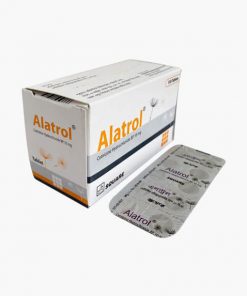
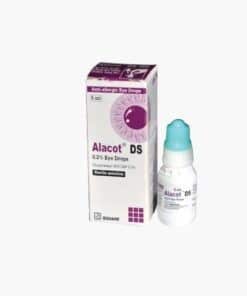
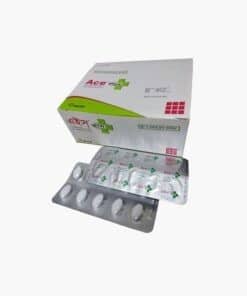

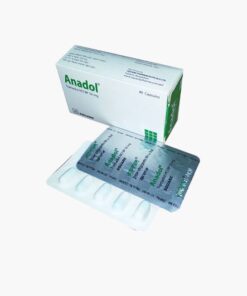
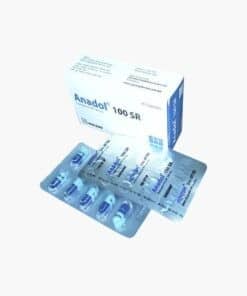
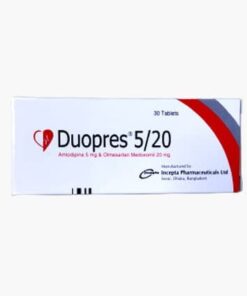
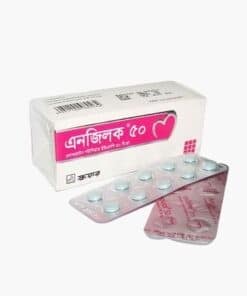
Reviews
There are no reviews yet.